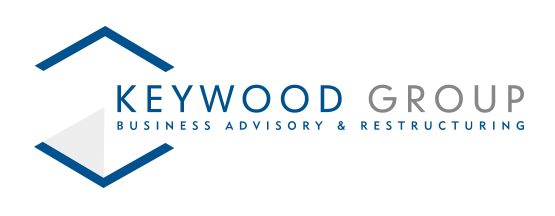Administration v Liquidation – What is the difference?
When providing assistance to insolvent businesses we are often asked about the difference between Administration and Liquidation, and which is the better option. The answer to that question will completely depend on the specific circumstances.
A key difference between Administration and Liquidation is that an administration will often provide an opportunity to rescue a business as a going concern (in whole or in part), whereas Liquidation is considered to be appropriate where there is no viable business.
Administration
Administration is an option for a company facing financial strain or creditor pressure. In many cases, you can preserve the core business, and maintain continuity with its customers and the staff.
It is also possible for the existing director(s) to buy-back the business, or part of the business, out of administration, without taking on the historic debt. This is commonly known as a pre-pack administration and although there are new rules which govern this process, this can be an attractive option for owner-managers.
A company can only enter administration if it can meet any one of the following aims:
- To rescue the company as a going concern;
- To achieve a better result for creditors as a whole than if the company enters liquidation;
- To realise property to distribute to one or more secured or preferential creditors.
Administration is often a director-led process but if the company has given a creditor certain security over assets, that creditor can appoint an administrator themselves. Such security is most often granted to a bank or factoring company.
Liquidation
In the majority of cases a company will enter into liquidation because the director(s) instigates the process on a voluntary basis, known as Creditors Voluntary Liquidation. However, liquidation can also occur as a result of a winding up petition presented against the company.
In either situation, the Liquidator will realise all of the assets of the company in order to make payments to creditors. In some cases, the director(s) can buy-back assets of the insolvent company at market value and start trading via a newly incorporated company. There are restrictions which concern the re-use of a company name after liquidation but it is possible to re-use a company name in defined circumstances.
In Summary
When a company is facing financial difficulty the most important thing is to consult a licensed Insolvency Practitioner as soon as possible. It can be daunting to review the financial position of an insolvent business, but taking a proactive stance will put you back in control and almost certainly leave more options available, then if the position is allowed to worsen.
Contact Keywood Group
Keywood Group is a Licenced Insolvency Practice and our team has extensive experience in dealing with administration and liquidation.
Whether you want to advice on a rescue strategy or simply want to consider company closure, we can help you assess and understand the alternative options available. If you want further information, please contact us for a no obligation chat.











